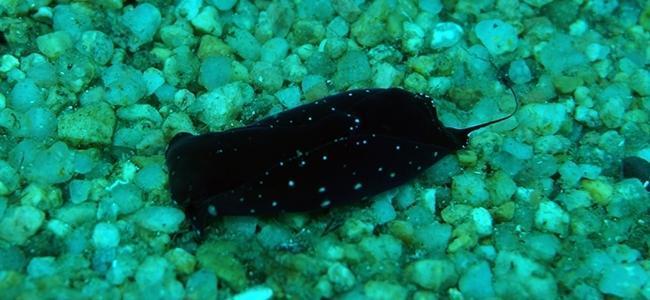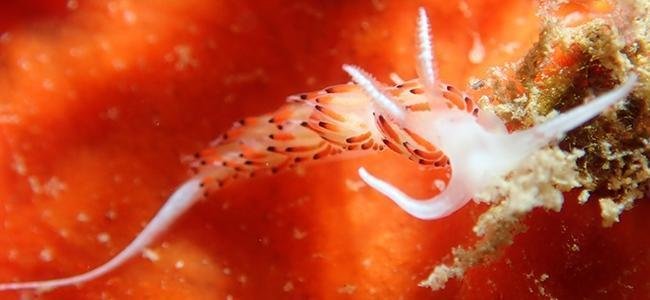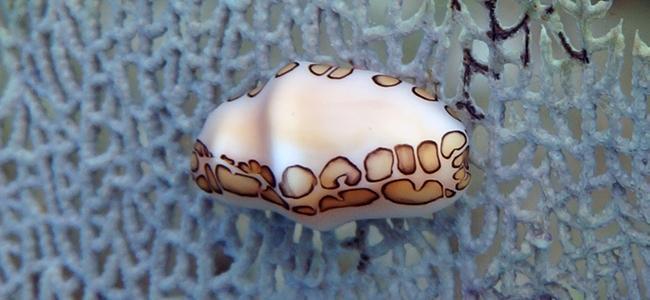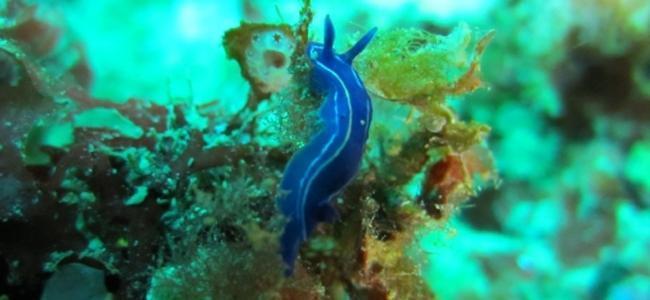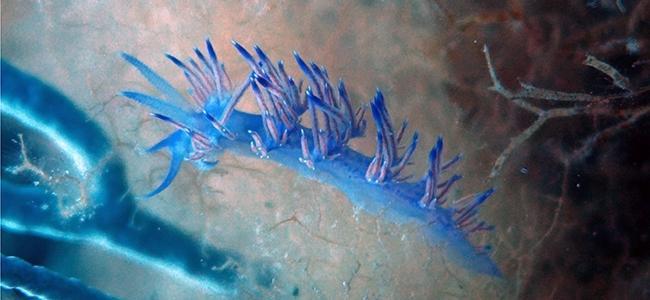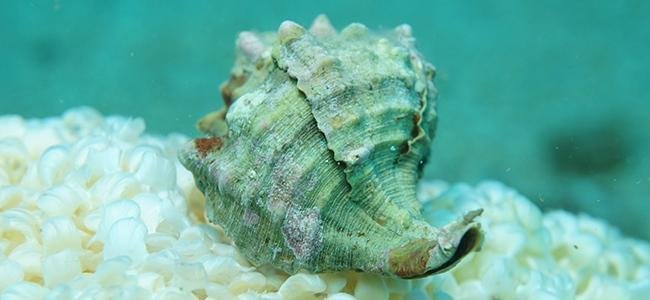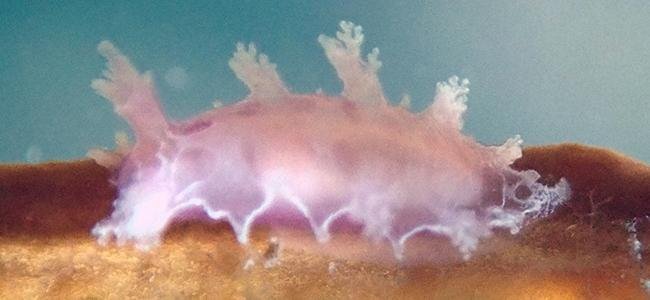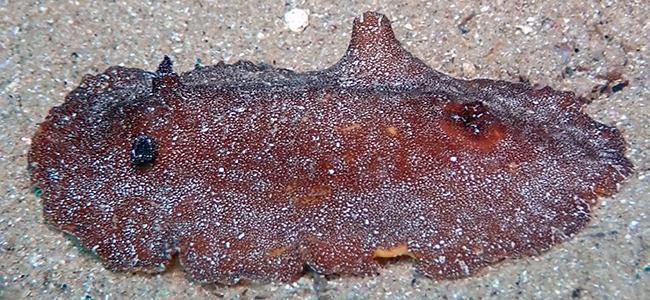Gastropods (Gasteropoda), are the class with the highest abundance of species within the Phylum of Molluscs. Etymologically, its name derives from the Greek terms gaster (=stomach) and pus (=foot). There are more than 70,000 living species of gastropods described and another 15,000 species present in the fossil record. As a group of animals, there is a great external diversity, being able to find species like snails, limpets, slugs, sea hares and sea butterflies.
One of the characteristics of the gastropods is that they possess heavy shells of a single piece (univalves) that suppose their main mechanism of defense. These shells can take on spiral forms or not. The shells grow concentrically, increasing in size with each new growth ring. The species with spiral shells, the growth of the shells is done on a central axis, and can be done clockwise (dextrogyre) which is the majority form, or in the opposite direction (levorgyre). The direction of spiral growth is genetically determined in each of the species, and is usually unique by species. This heavy shell, limits the ability to move, usually being slow movements or even totally sessile species.
Many gastropods have a structure called the operculum. It consists of a rigid plate that they can move to cover the opening of the shell and leave the entire body of the animal inside the shell protected from predators. In terms of size, again we find a very wide variety, from microscopic species to snails up to 60 cm long (Pleuroploca gigantea) or even species that exceed 1 meter in length (genus Aplysia). However, the most common size is between 1 cm and 8 cm long.
Gastropods inhabit marine, fresh and even brackish waters, as well as terrestrial habitats. We can find them from shallow water to great depths, through terrestrial environments to high altitudes and even in polar regions. With the exception of the aerial habitat, the gastropods as a group have been so successful that they have colonized all other possible habitats.
The feeding habits of the gastropods are very varied, from herbivorous species (majority) to planktonic, scavenging, carnivorous species. They have a structure in the mouth, called the radula, which allows them to scratch surfaces and grind their food.
